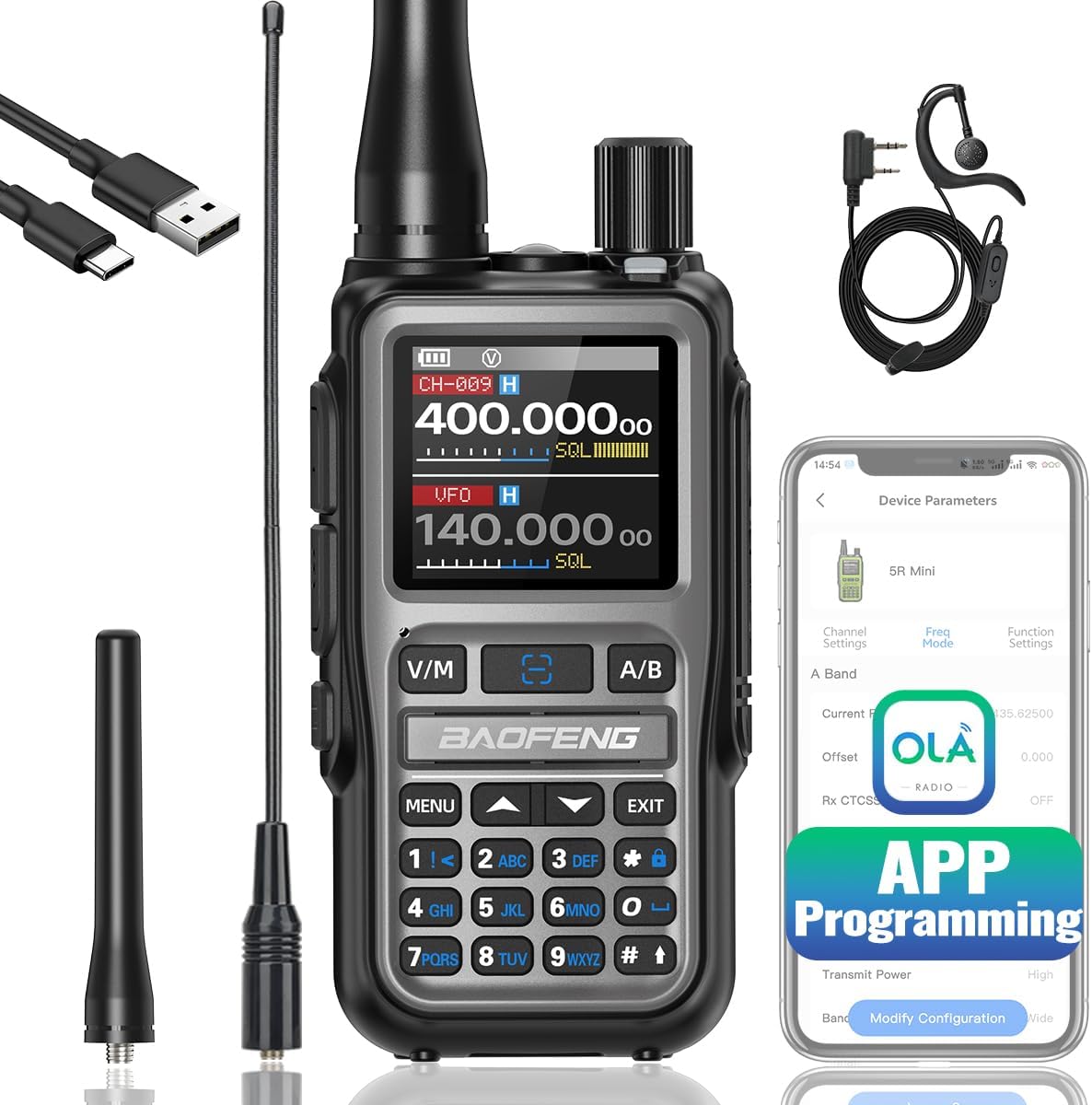
The Yaesu FT-891 is a compact, portable HF transceiver that has garnered attention among amateur radio enthusiasts since its release. Combining solid performance with a user-friendly interface, this rig has positioned itself as a strong contender in the field of portable and base station operations. Here’s an in-depth look at its features, performance, and overall value.
Design and Build Quality
The FT-891 boasts a rugged, compact design that is ideal for both portable use and home station setups. Weighing in at approximately 4.5 kg (10 lbs) and featuring a footprint of 240 x 100 x 290 mm, it is easily transportable without sacrificing durability. The chassis is well-constructed, with a sturdy aluminum front panel and a hard plastic body that can withstand the rigors of field operation.
The front panel is cleanly laid out with large, intuitive knobs for volume, tuning, and mode selection. The 3.5-inch LCD display is bright and easily readable, even in direct sunlight, which is a significant plus for outdoor use. The display features a variety of meters and indicators, allowing operators to monitor their signals effectively.
Key Features
Frequency Coverage: The FT-891 operates on HF bands from 160m to 6m, which includes the popular amateur bands. This broad coverage allows for a wide range of operating possibilities, from local contacts to DX chasing.
Output Power: With a maximum output of 100 watts, the FT-891 delivers ample power for most situations. It’s equipped with a built-in automatic antenna tuner, which is a significant advantage for portable operators who want to minimize setup time.
Modes: The FT-891 supports multiple modes, including SSB, CW, AM, and FM. This versatility makes it suitable for various types of communications, whether for casual chatting or serious contesting.
DSP Technology: The integrated Digital Signal Processing (DSP) features excellent noise reduction capabilities and allows users to customize audio settings, improving the quality of received signals in noisy environments.
User Interface: The menu system is straightforward, with dedicated buttons for frequently used functions. The multi-function knob is responsive, making it easy to navigate through settings and bands.
Connectivity: The FT-891 includes a variety of I/O options, such as USB for digital modes, an external speaker jack, and an ACC port for connecting to other devices. The built-in sound card also facilitates easy integration with digital modes.
Performance
The FT-891 shines in terms of performance, particularly considering its size and price point. The receiver is sensitive and selective, capable of picking up weak signals even in crowded band conditions. The DSP features are highly effective, significantly reducing background noise and allowing for clearer communication.
In terms of transmit quality, audio reports from other operators have been consistently positive, indicating a clean signal with good modulation characteristics. The automatic antenna tuner works well, effectively matching a variety of antennas, which is particularly useful when operating in the field.
Portability
One of the standout features of the FT-891 is its portability. Its compact size makes it an excellent choice for field operations, and the low power consumption is beneficial for battery-operated setups. The optional carrying case further enhances its portability, making it easy to transport to remote locations.
Limitations
While the FT-891 is a strong performer, it does have some limitations. The relatively small display may not be ideal for all users, particularly those who prefer larger visual interfaces. Additionally, some operators have noted that the built-in speaker lacks depth and volume, making the use of an external speaker advisable for more comfortable operation.
The lack of an integrated AC power supply may also be a drawback for some users, as it requires an external power source for base station use. Lastly, while the menu system is generally user-friendly, some functions may take time to navigate for new users, particularly those unfamiliar with modern transceivers.
Conclusion
Overall, the Yaesu FT-891 is an excellent choice for amateur radio operators seeking a portable HF transceiver that doesn’t compromise on performance. Its combination of features, solid build quality, and portability make it a versatile rig for both casual operators and serious enthusiasts alike. While it has a few minor drawbacks, the strengths far outweigh them, making the FT-891 a worthwhile investment for anyone looking to explore the world of HF communications. Whether you’re setting up at home or heading out into the field, the FT-891 is a capable companion that can help you make contacts across the globe.

